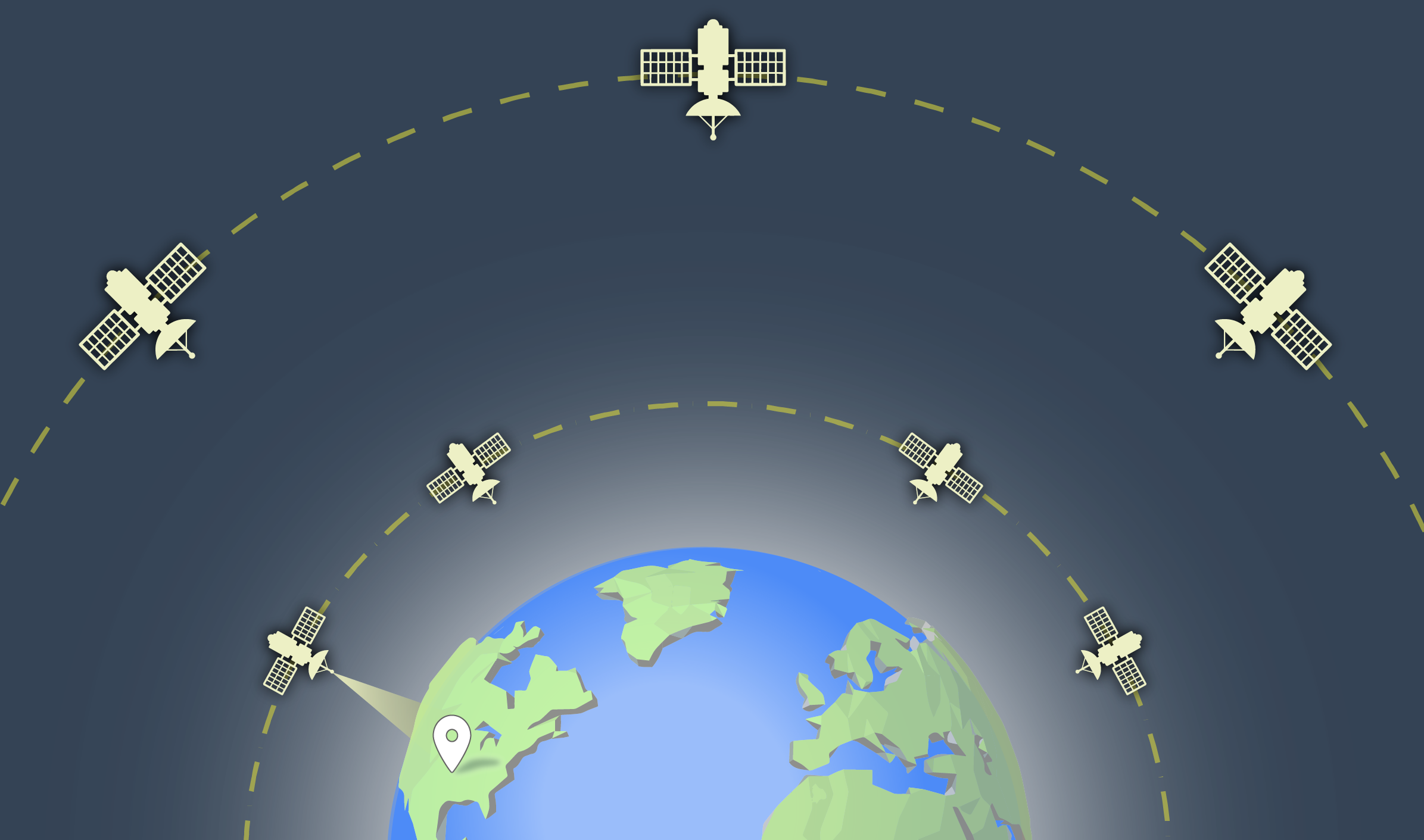IoT Anywhere: Harnessing Satellites for Global IoT Coverage

In 2022, the number of satellite-IoT connections was estimated to be 5.23 million – less than 0.04% of the global number of IoT device connections worldwide. Seen as a costly alternative, satellite coverage is currently low.
However, with demand for remote IoT deployments growing rapidly and terrestrial networks covering less than 20% of the earth’s surface, satellite is fast becoming a necessity in global IoT solutions. This is encouraging the market to come up with more cost-effective options. This short article identifies three developments facilitating this change. For more details, see Beecham Research’s new free report – IoT Anywhere: Wireless Data Wherever You Need It.
Increased compatibility with low-power technologies
Historically, satellite connectivity has been limited to proprietary technologies, reducing the potential for low unit costs.
Now, compatibility with standards-based technologies such as NB-IoT and LoRaWAN creates opportunities for lower cost, low-power, low-data IoT satellite solutions. This is intended to make it more feasible from a business perspective to deploy IoT in locations that terrestrial networks cannot reach.
Small-sat operators on the rise
Although the market is currently dominated by a few major satellite operators, there is growing momentum from small-sat operators. Many of these players specialise in ultra-low orbit nanosatellites that are relatively cheap to make and launch.
This enables them to offer more affordable satellite subscription services.
Hybrid networks provide satellite coverage at a fraction of the cost
Roaming devices pose a particular challenge for IoT connectivity. Crossing borders can create disruptions since it may take time to configure to a new network. Alternatively, if the device is required to traverse the ocean or a remote area where there is no terrestrial connection, no data can be collected during this time.
Now, multi-profile SIMs can be implemented in IoT devices, enabling them to connect to terrestrial networks wherever available and satellite where they are not. Since subscriptions to terrestrial services remain cheaper than satellite subscriptions, satellite access ‘only when needed’ is a much more cost-effective solution than employing solely satellite.
As well as a variety of cellular hybrid satellite options (including 5G), LoRaWAN inter-satellite networks can be created to provide low-power global coverage.
To understand the connectivity choices now available and read more about satellite-IoT, including independent market research and insights from industry experts, download and read Beecham Research’s new free report – IoT Anywhere: Wireless Data Wherever You Need It.
News | Blog